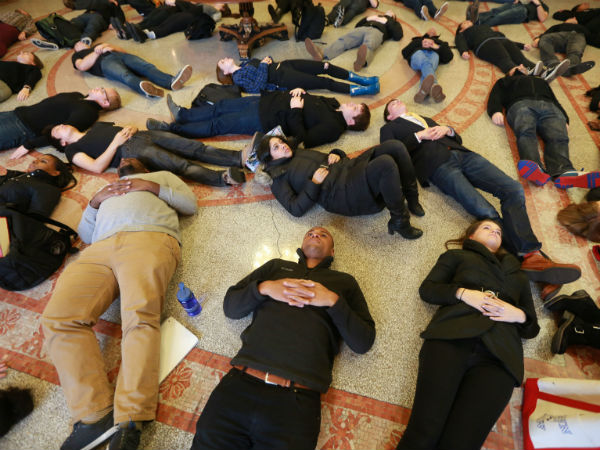Getting Engaged
 Given that I began my
freshman year at Penn 25 years ago (!), I'm old enough to be several
generations removed from this current crop of college students, in terms
of what moves them to select a particular school. To be specific, I count four.
Given that I began my
freshman year at Penn 25 years ago (!), I'm old enough to be several
generations removed from this current crop of college students, in terms
of what moves them to select a particular school. To be specific, I count four.
I was really into
business in high school, so I literally looked up the top undergraduate
business schools in the country (probably on US News and World Report),
and that informed the vast majority of my college applications: Penn,
Berkeley, Michigan, and MIT were four of the six schools I applied to,
and all had nationally ranked undergraduate business programs. The fact
that they were located in Philadelphia, Berkeley, Ann Arbor, and
Cambridge was secondary and practically irrelevant; for me, and I know
this is true for many of my peers who were similarly into whatever it is
they wanted to study. (One of my closest friends, an engineering geek,
applied to Rice despite having no information on or feelings about
Houston.)
I lived in fairly spartan
accommodations during my four years at Penn, but not long after I
graduated they and other schools started to really spruce up their
on-campus amenities. Gone were unrenovated and dingy dorms, and in
their place sprouted up comfy rooms and spacious lounges with flat
screen TVs, as well as state-of-the-art fitness facilities, rock
climbing walls, and gourmet dining options. Affluent boomers and their
kids would settle for nothing less.
Cities
enjoyed a renaissance starting about 15 years ago, and so place began to
matter in the college selection process. You wanted to go to Wellesley
(or NYU or UW or UT), yes, but you also reveled in the thought of
spending four years in Boston (or Greenwich Village or Seattle or
Austin). Schools had always mentioned their locations as a selling
point, but now this elevated in stature in marketing materials and sales
pitches.
Place still counts with today's
18-year-olds, but what matters is not as much partaking of local
amenities and is more so about engaging in a locality's societal
issues. Today's youth want to connect with and participate in the
contemporary struggle over race or inequality or power or injustice, and
they see the city their school is in as the laboratory where they will
"study" for four years. More and more universities are creating formal
avenues for this, whether academic or programmatic, and are hyping these
outlets as they woo prospectives.
I'm being
simplistic here, of course, but it is interesting to see how both
students and universities evolve over time in response to expectations
and trends. It makes me wonder how I would decide where to go if I was
18 again, and how my kids will choose where to spend their undergraduate
years. By then, who knows how many generations of preferences will have passed.
Comments